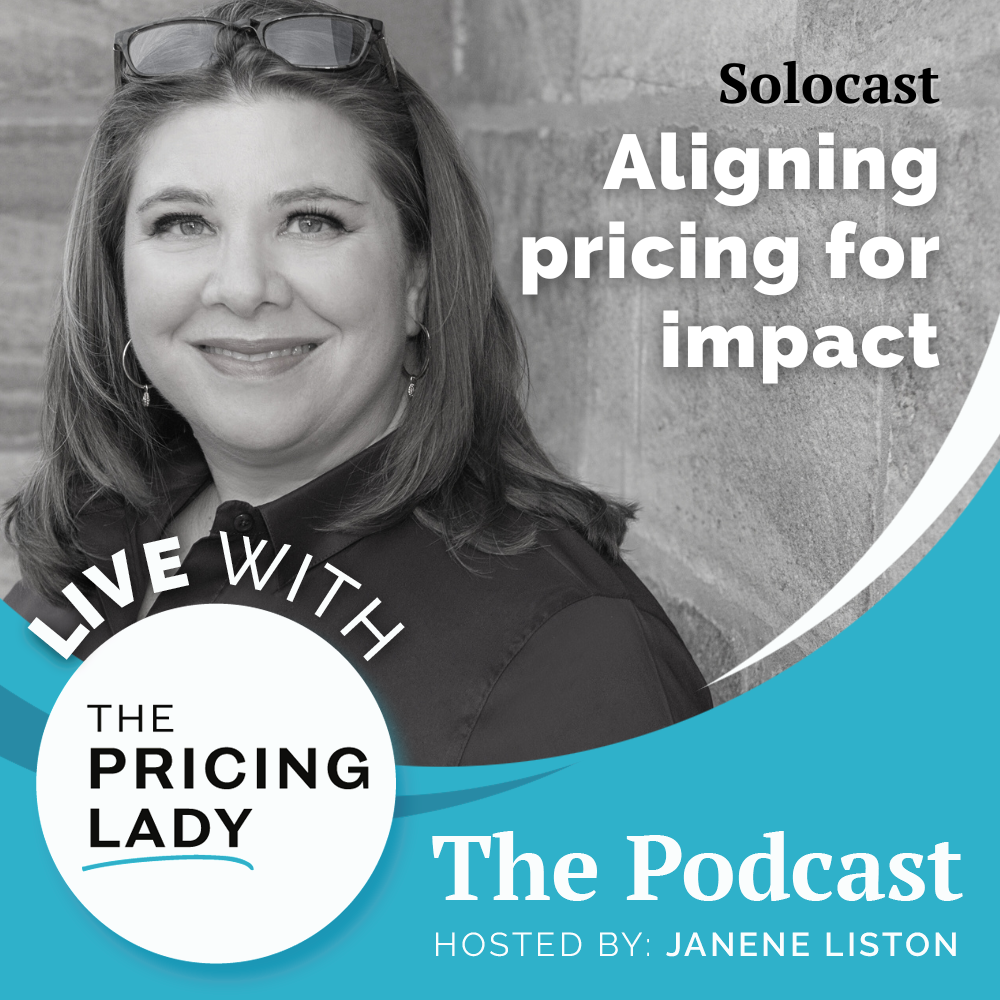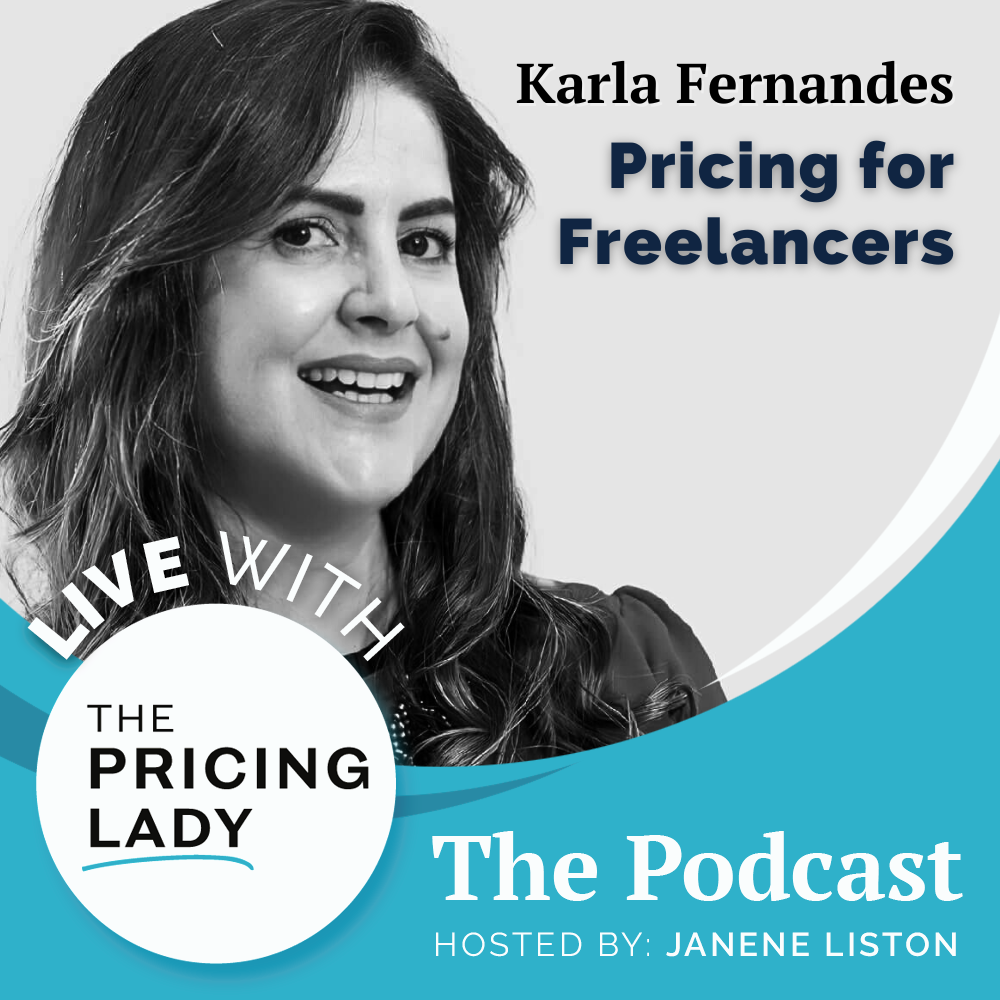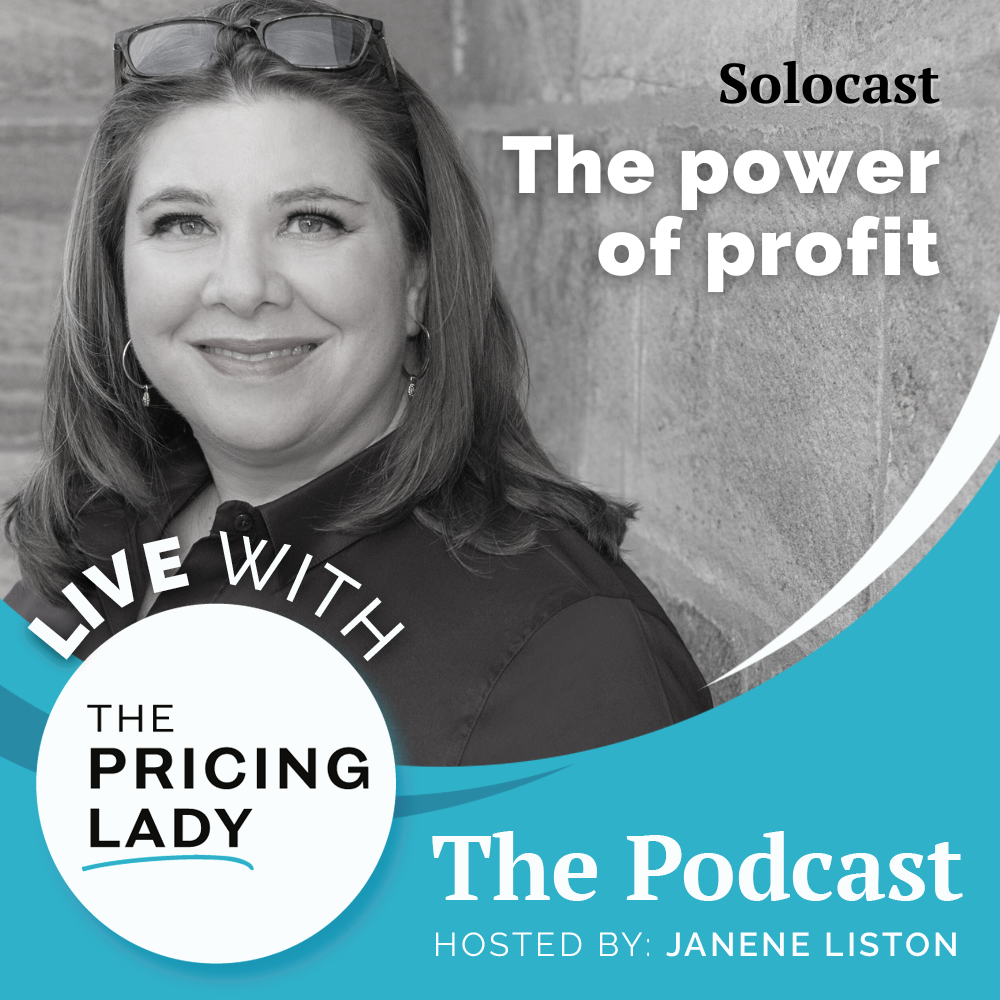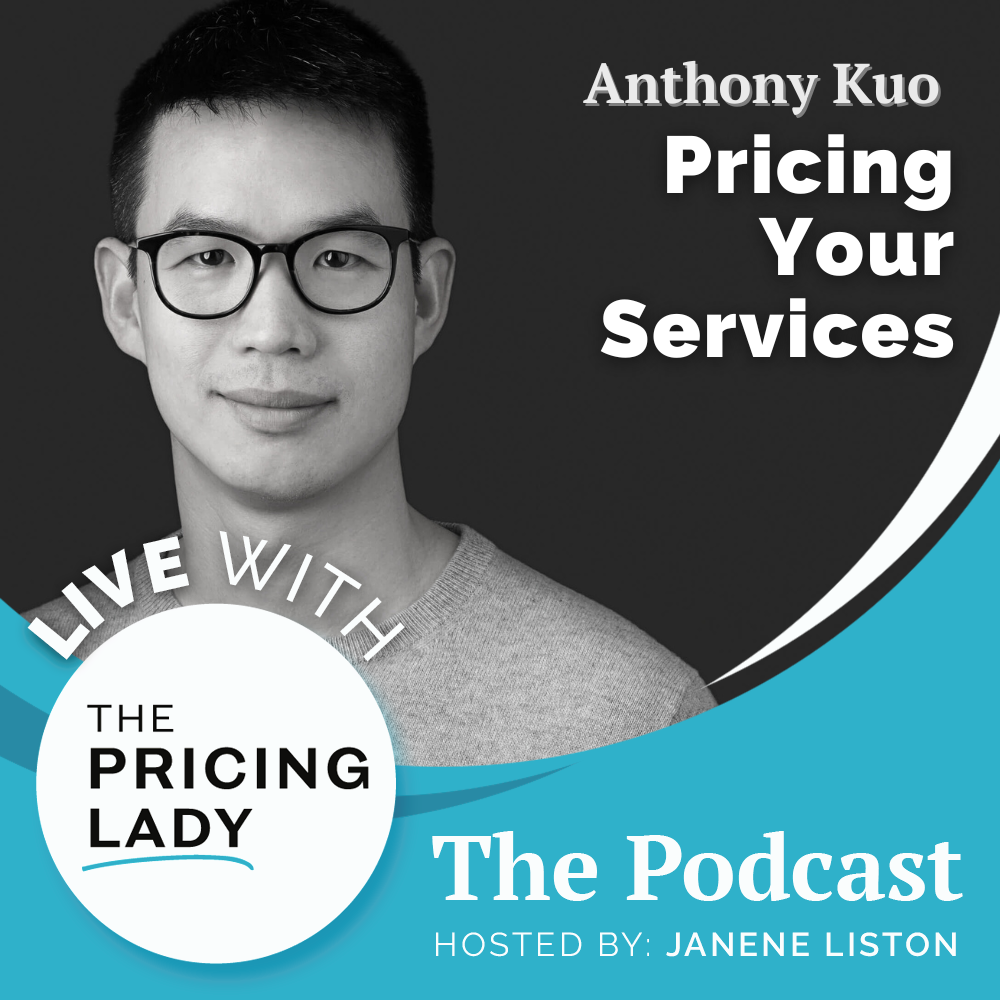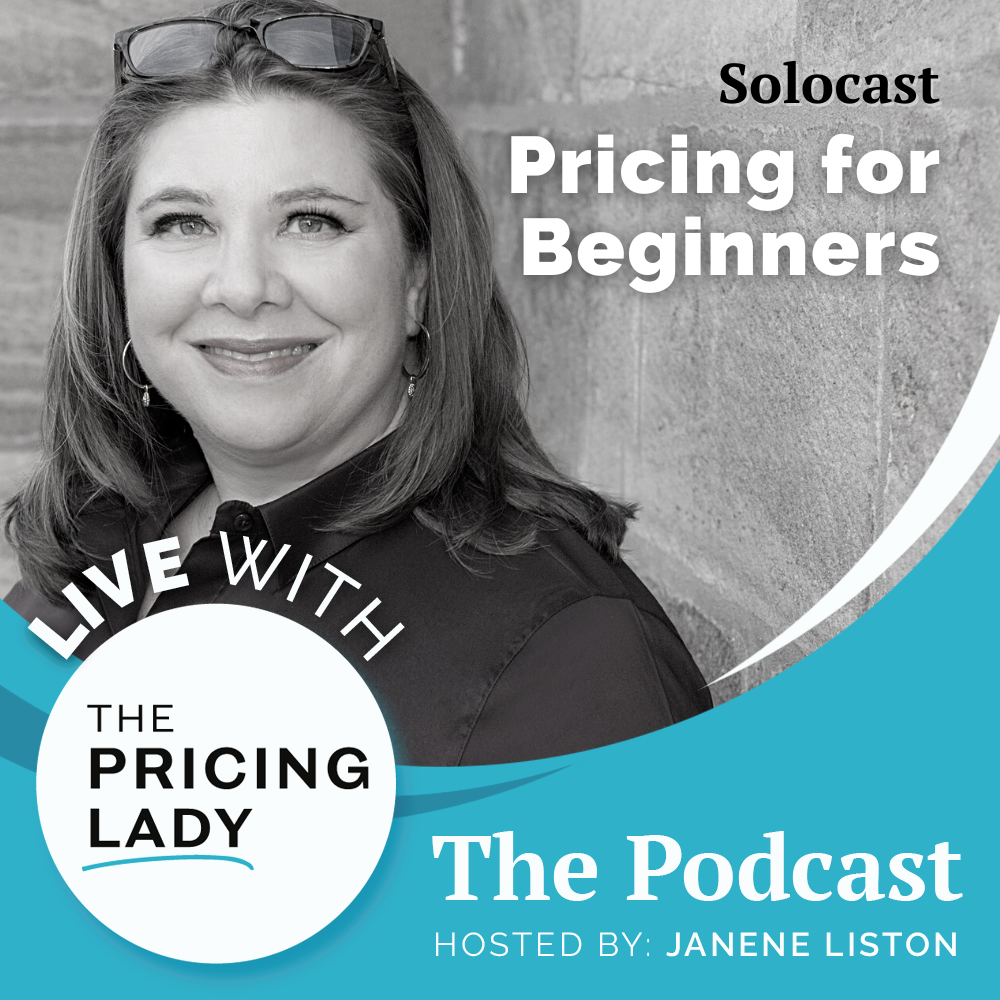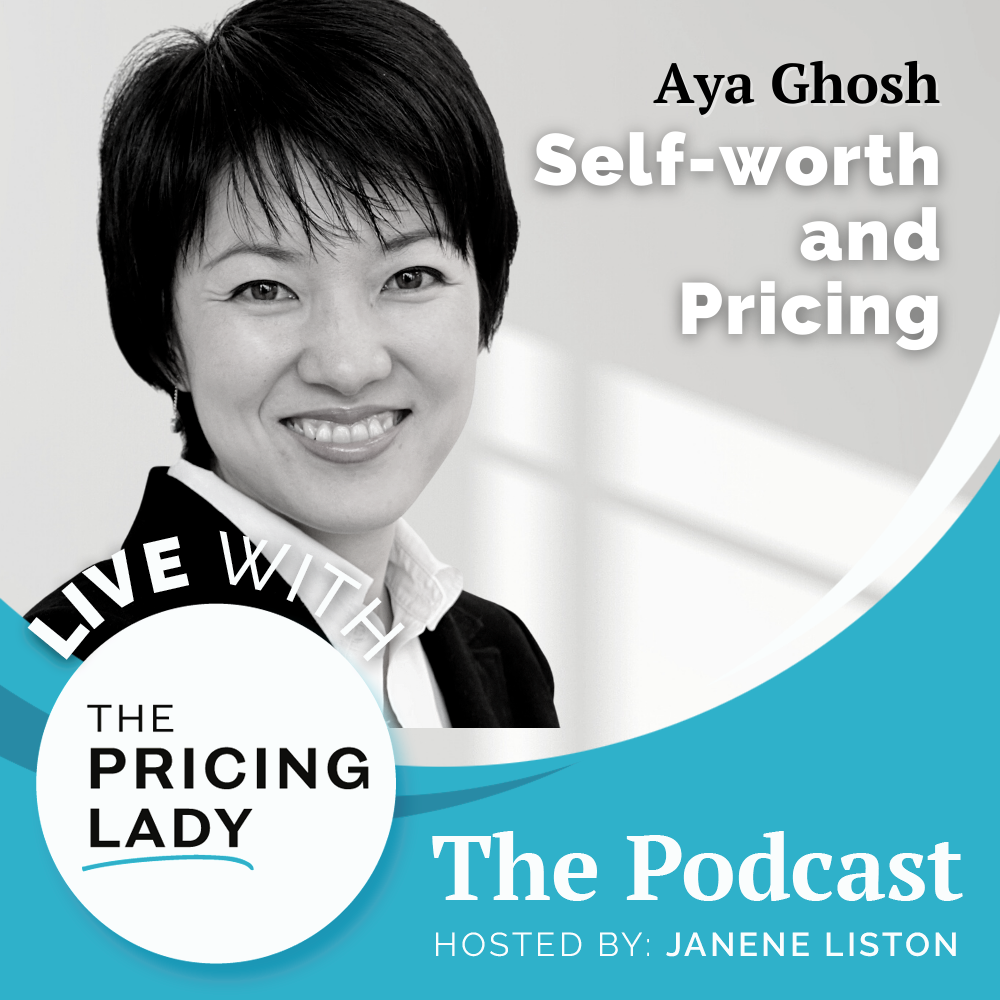Over the years I have heard the battle cries from businesses and sales people about how the competition has such low prices.
“It’s killing our business. What can we do?” They cry.
Often they feel defeated and like they don’t have a chance to be successful because these “cowboy” competitors are in the way, with their very low prices.
“Shouldn’t we lower our prices too?” They ask.
Not necessarily, in fact more often than not, it isn’t the best solution. Just because the competition has a lower price doesn’t mean you should too. Nor does it indicate that they have a successful business. Nor does it mean that all is lost for you. In fact, it might just be an opportunity. To figure out what to do and how to deal with what seems like a rogue competitor you need to understand WHY, they might have such low prices and what it means for you.
My mother always said to me, “Well Janene if your friends are jumping off a bridge it doesn’t mean you have to as well.” Little did she know I was often leading the charge. That aside the same thing applies to your business and pricing.
In This Episode
In this solo cast episode I share with you 6 reasons why they might have low prices and why it may not be the same for your business even though you offer the same / similar product, service or software. Then we take a look at what it means you should do.
Enjoy the episode!
Podcast Episode Highlights
- 0:00 Intro
- 2:41 Who’s the target
- 4:10 Value perception
- 5:38 How to set prices
- 6:31 The strategy
- 9:10 The tactics
- 10:44 Profit margins
- 11:24 What to do
Favorite Quotes
“You can’t just assume because someone has a business and they’re operating, that they’re actually making money because it may very well not be. That’s one of the reasons you have to be careful about setting your prices solely based on the competition because you don’t necessarily know what’s going on behind the scenes.” Janene
“The first thing that when I see really low prices that I ask myself is who are they targeting?” Janene
“Be aware of the competition and have some understanding of where you fit into that picture. But just because somebody has the lowest price doesn’t mean you have to, as well. In fact, it might be better for your business to be one of the companies that has a higher price rather than lower one.” Janene
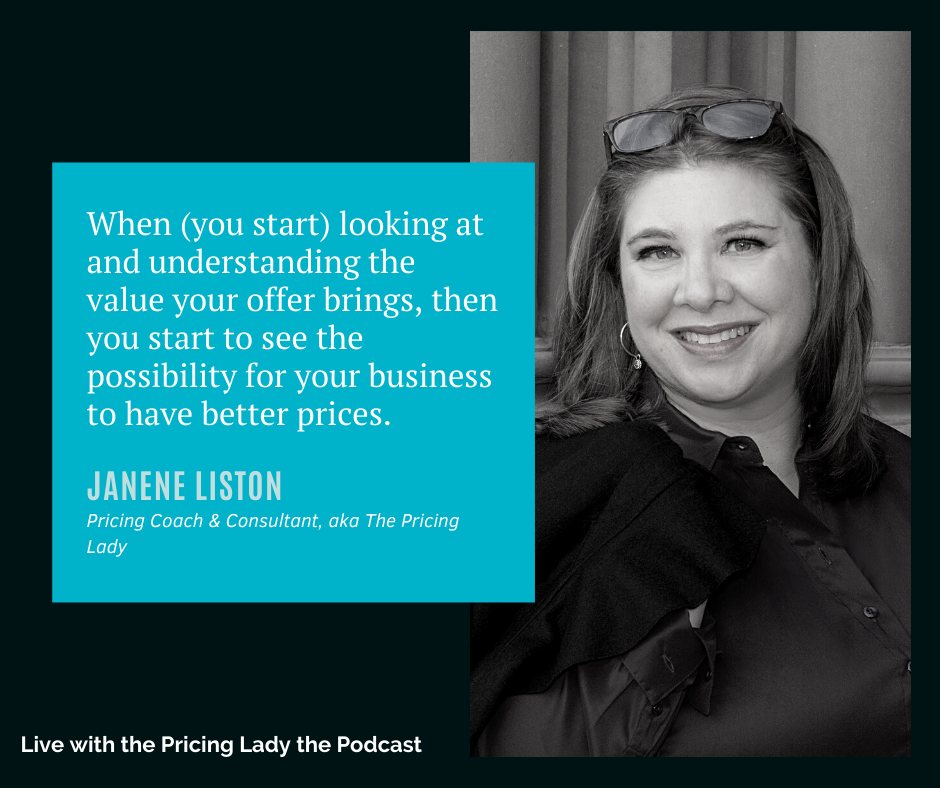
Rate, Review and Follow the Show on Apple Podcasts
“I’ve just found my Pricing Resource!” … “A binge worthy podcast.” … “I learned so much about how to improve my profitability.”
If that sounds like you, please consider rating and reviewing the show. It helps me spread the word to more people and ultimately get more small businesses on the path to sustainable profitability and business success. Click right here, scroll to the bottom, tap to rate with five stars, then select “Write a Review.” Last let me know what you loved most about the episode!
One more thing. If you don’t already, follow the podcast. New episodes come out every couple of weeks, plus bonus episode. If you’re not following there’s a good chance you’ll miss something.
Reach Out Connect and Book a Call with Janene
Website | Linkedin | YouTube | Facebook | Email List
Get started improving your business. Sometimes it’s difficult to know where to begin. I suggest you Download the the self assessment Pricing Scorecard. Get a view of what’s working and what’s not working when it comes to pricing in your business. Figure out where to start making improvements.
Get in touch with Janene. If you’ve got a question that needs answering, a challenge you’re facing or you have suggestions for future topics or guests, let me know. Contact Janene.
Listen up! Don’t miss out. There’s a lot going on and you’ll want to be in the know. Follow my YouTube channel (rate it too please) so you don’t miss an episode of Live with the Pricing Lady or join my Email List.
Transform your business and life. My business is about helping you build a better business. One that’s profitable and where you can confidently charge for the value you deliver. Let’s see how we can work together. Book a complimentary Discovery Call today!
Episode Transcript
Hello, everyone. Welcome to Live with The Pricing Lady, the Podcast. I’m Janene. Your hostess.
I’m super excited to have you here with me today. We are going to take a look at a question that I get asked all the time. Here’s what it is. People come to me and they say, Janene, how come my competition can charge such a low price? And what should I do about it? Now most people when they come to me with this question is because they are completely exasperated. They are just at the end of their rope. They don’t understand how the competition can charge such a low price. And yet still appear to be making a profit.
They do the calculations on their side and they see that if they offered it at that price, they would never be able to get anywhere with it profit wise and their business. They’re really frustrated because
on the one hand they feel like too, in order to get clients, they have to be down in that range as well.
But they don’t actually see a future for their business. What I wanted to do with you guys today
is break this down a bit and take a look at some of the different things that you need to understand when it comes to pricing so that you understand where those low prices might be coming from. And then you can judge better whether or not it’s suitable for your business. And then we’ll talk about what you can and or should be doing in response to that.
Who’s the Target
So let’s dig right in and have. Now the first thing that when I see really low prices that I ask myself is who are they targeting? Because quite frankly, if you’re offering, let’s say you’re a hairdresser and you’re offering haircuts. If you’re targeting people in one demographic versus another, then you will have very different prices.
So here where I live, I remember there was a hair salon in town, and their sign in front of the shop said easy appointment, easy price, easy hair or something like that. And so obviously they were going after people who were looking for something that was really simple and basic and easy, as opposed to a more luxurious experience, which then also meant that their price was going to be easy.
In other words, A little bit lower than the rest of the gang, right? So this is a really important thing to understand. When you see a competitor who has prices that seem really, really low. It may be that they’re targeting a different customer group that you than you are. And if that’s the case, then
there may be a very good reason why their prices are that. So that’s one thing to think about. If you’re targeting a group, that’s looking for a richer experience or looking for, an experience from you or a product from you that is bringing more value, then of course you wouldn’t charge those bargain basement prices.
Value Perception
Now, the second thing I would start to ask myself when I see really low prices is how are they perceiving the value that they offer or have they even really considered or looked at the value? Especially with a lot of small businesses, they kind of missed the boat on the whole concept of value.
It seems a little bit out of Out of touch or a little bit foggy for them. They don’t really pay
that much attention to it. And they rely on things that are more concrete, like their costs and what their other competitors are doing. But when you’re looking at value, then you start to see the opportunity for your business to charge or have higher prices.
Now, if they perceive the value with what they offer as really low, then of course they will have lower prices. And if they’re not really paying attention to value at all, then they may also get in this cycle of having lower prices. So, those are two big considerations.
When you’re looking at a competitor, who are they targeting and how are they perceiving value? Those could be two reasons why they have such low prices. It may be by design because that’s who they’re targeting. And that’s what they’re looking for is a low value offer. Or it could be because they don’t really understand the value of what they offer and therefore
they have priced it in the wrong.
How to Set Prices
The next thing I want to talk about is, do they even know how to go about setting the right prices? Like many people, they have no experience or no schooling or a real understanding of how to go about setting their prices. It could be that. they’re taking a stab in the dark at what price to have, and therefore have landed on something relatively low. It could also be that they’ve done it somewhat intentionally. They think, if maybe they were a younger business, they might think, oh, we have to have low prices in order to get clients in. So they Intentionally positioned themselves there.
Now most of us know that that’s not going to be a sustainable position to be in for a long period of time, but that does often happen with young businesses. Maybe you don’t know whether or not they know how to set their prices, but it could be one reason that they have low prices because they don’t really know what they’re doing.
The Strategy
Next, I think it’s important to think about, what’s their strategy. Another reason that you see very
big differences in price, aside from the value and who they’re targeting is what the strategy is.
You have two different types of not types, but you know, two different ways in which we look at pricing strategy. One is on an overall. So kind of like, what’s my positioning.
If you think of an economy based strategy at one end where you’re trying to be a low price leader, and then at the far end, you have your luxury items where you’re trying to have the highest price in the market. There’s this spectrum and most businesses will fall somewhere between those two points. That makes sense. Right? Their overall strategy is to be positioned as a low price leader.
Then of course, they’re going to have lower prices then the majority of people in the market. And that would be a reason why they have the prices that they have because of that strategy.
Now there’s another aspect of strategy, which is basically on the offer or the product level. You may have an overall strategy of being economy based, but you may have certain products or certain
services that you offer where you have slightly different strategies. You’ll see this quite a bit, especially in service-based businesses, but you also see this with products.
If we go to say like the razor blade model, where you sell the original razor blade and the little
thing that you put the razors in, at a relatively low price, but then when people need to buy replacement blades, they play a lot more for it.
Same with printers, right? The printer itself is really cheap, but the ink is very expensive. It could be that for whatever your competition is offering it, they see as something that’s like an entry offer, whereas you might be using it as your signature offer. Sometimes you see this, like with a challenge. Some businesses.
If they run a 10 day challenge, this is really to get people in the door at a low price. They, then they upgrade to a more signature offer later, but then you have other businesses where the challenge is like the main thing that they offer. They’re going to position the price for that different.
That’s what I mean by the strategy at a product or an offer level. It could be different that you have one strategy with it and they have a different one, and that’s why their price is so much lower than what you would price it at in your business.
The Tactics
The last thing that you have is what I call tactics.
Sometimes what people will do if they know they’re going to be in an industry where they do a lot of discounting you know, there are certain cultures that are known for discounting being part of the process. Oftentimes what you’ll see is they’ll start with higher prices so that they, when they discount, they get to a lower price.
Now, if you’re in an industry or if you’re in a culture or a region where you don’t plan on doing that discounting, then you may set your prices lower to begin with. Now, at the end of the day two different businesses who have these two different tactics in play may end up at a very similar end price point. But at the very beginning, it looks like there a big price disparity between the two. Again, this goes down to how are they handling pricing within the business or directly with their customers.
And how is that different from what you might be doing? You can see from these examples that there are a lot of reasons why someone might have one price over another price for the same product.
Let me just briefly recap those.
It could be based on who they’re targeting. It could be based on how they perceive the value. On how they go about setting their prices. On the strategy, they use both at an overall level or on a per product or per offer basis. It could also be tactically what they’re doing.
Profit Margins
Another thing that it could be, the last thing is really, you know, what are their profit margins. So some companies are going for very lean margins, other companies, maybe going for more moderate or larger margins.
Again, it’s all part of their overall strategy.
But if they’re targeting something that is much leaner, if they’re looking to operate much more leanly than you are, then they may come at a different price point when they’re doing those calculations or going through the process of setting their prices.
Again, it’s just another thing to consider them.
Now the second part of the question, how come my competition could charge such a low price and what should I do about it?
Oh, before I get to the second part, let me say something else on the profitability.
Now from the outside, they may look like they’re profitable, but maybe they aren’t as profitable as they appear. Or maybe they’re earning their profit on different parts they offer than you are. You can’t just assume because someone has a business and they’re operating that they’re actually making money because it may very well not be.
That’s one of the reasons you have to be careful about setting your prices solely based on the competition because you don’t necessarily know what’s going on behind the scenes.
What To Do
So back to that second part of our original question, which is, what should you do if your competition has a really low prices, should you follow them or not? Well, I think that the answer here is really, you need to look at what’s right for your business.
Now, if you’ve decided you are going to be the low price leader, then in order to achieve that you’re probably going to have to be down at the bottom end of the barrel with, with your competition. But you need to make sure that you have a business model behind that that allows you to achieve the profitability that you’re looking for. Of course, if you don’t, then you will just lose money and eventually have to close the doors because you won’t have a sustainable business model.
But if you’re looking to be good value for money, or you’re looking to be more towards the luxury end of things, then of course you wouldn’t want to benchmark yourself against them or price in the same range that they are, because that would not make sense for your customers, for the value that your products and services or software deals.
This is why it’s so important when you are setting prices, especially for your signature offers, that
you have a very clear process.
And most of you know, I use something that goes along the lines of who’s the customer, what’s the offer. What’s the value off there. Then we do a check on where we are competition-wise and a profit. And cost and profit check as well. We look at those, all of those things, because then you get a very like a more holistic view of where your prices can be.
And then you can make a more informed decision about where they should be or where you want them to.
What is Right for Your Customers and Your Business
So the answer, the question is, what should you do is do what’s right for your customers and your business.
Be aware of the competition and have some understanding of where you fit into that picture. But just because somebody has the lowest price doesn’t mean you have to, as well.
In fact, it might be better for your business to be one of the companies that has a higher price
rather than lower one, but that is a topic we will save for another day. I hope that I’ve clarified a bit here.
You know, what are some of the reasons that. I see such big price differences out
in the marketplace, because that’s really at the heart of this question. And then given you some understanding about, you know, how do you take that into consideration when you are setting your prices and putting them out there in the.
That is what I wanted to share with you today.
I wish you all of us, ladies and gentlemen, it is such a pleasure doing the show.
And I love to hear your feedback.
You can always reach out to me at www.thepricinglady.com.
I’d love to have your questions for other episodes or people that you’d love to see on the show and or your feedback.
I wish you all the best have a great day, and as always enjoy pricing everyone.

